Animal movement technologies have already significantly advanced our understanding of the natural world, from uncovering previously mysterious migration patterns and key movement corridors to demonstrating the impacts of anthropogenic pressures and climate change. Continuing advances in the development of technologies for collecting and transmitting bio-logging data, combined with the increased availability of high-resolution environmental data and analytical developments in movement modelling, are opening doors to novel applications. However, there are still major gaps in the space, including mobilizing movement data to translate data from tracking devices into insights for application in policy and practice. This group is a place for the animal movement community to connect and discuss our efforts to advance the field.
Resources for beginners
Learn about WILDLABS Animal Movement research projects
- MoveBON Initiative Announcement
- MoveBON Follow-Up Discussion
- Virtual Meetup Season 4: Tracking Progress (A WILDLABS research project on movement ecology)
Group curators
- @TaliaSpeaker
- | She/her
WILDLABS & World Wide Fund for Nature/ World Wildlife Fund (WWF)
I'm the WILDLABS Research Specialist at WWF-US



- 23 Resources
- 62 Discussions
- 25 Groups
- @lhughey
- | she/her
Smithsonian Conservation Biology Institute
I am an ecologist and program manager with experience leading collaborative research projects in international settings. I specialize in the application of animal tracking data to conserve migratory species on a changing planet.



- 6 Resources
- 10 Discussions
- 3 Groups
- @KB
- | she/her
Wildlife ecologist specializing in animal movement modeling and habitat selection with a strong interest in conservation policy and management decisions.
- 0 Resources
- 0 Discussions
- 17 Groups
- @vfhawkinson
- | she/her
University of Washington
PhD student assessing multi-scalar livestock-wildlife interactions in the American West
- 0 Resources
- 1 Discussions
- 8 Groups
Max Planck Institute of Animal Behavior
Coordinator for the Animove Workshop


- 1 Resources
- 1 Discussions
- 4 Groups
Centre national de la recherche scientifique (CNRS)
Behavioural ecologist @CNRS in France - working on large mammals in Europe and Africa



- 0 Resources
- 9 Discussions
- 6 Groups
- @williamkingwill
- | Mr
Hi, my name is William. I am Senior Data Scientist/ Remote Sensing Engineer with experience in GIS, Machine Learning, Systems Engineering, Data Science Pipelines. I am motivated and passionate about using my skills for wildlife and biodiversity conservation.
- 0 Resources
- 0 Discussions
- 7 Groups

- 0 Resources
- 0 Discussions
- 5 Groups
- @TaliaSpeaker
- | She/her
WILDLABS & World Wide Fund for Nature/ World Wildlife Fund (WWF)
I'm the WILDLABS Research Specialist at WWF-US



- 23 Resources
- 62 Discussions
- 25 Groups
- @davidhunter
- | he/him
University of Colorado Boulder
PhD student exploring design and technology to connect people with nature and the environment



- 0 Resources
- 22 Discussions
- 5 Groups
WILDLABS & Wildlife Conservation Society (WCS)
I'm the Bioacoustics Research Analyst at WILDLABS. I'm a marine biologist with particular interest in the acoustics behavior of cetaceans. I'm also a backend web developer, hoping to use technology to improve wildlife conservation efforts.





- 27 Resources
- 34 Discussions
- 34 Groups
Worked as a mechanical engineer for a defence co, then software engineer, then for a research lab specialising in underwater robotics.



- 1 Resources
- 144 Discussions
- 16 Groups
Sustainability Manager for CERES Tag LTD. An animal health company; animal monitoring, conservation, & anti-poaching/ rural crime. Wildlife, livestock, equine & companion. #CeresTrace #CeresWild #CeresRanch





- 2 Resources
- 20 Discussions
- 24 Groups
- @carlybatist
- | she/her
ecoacoustics, biodiversity monitoring, nature tech



- 111 Resources
- 356 Discussions
- 19 Groups
Rimba Satwa Foundation (RSF), an Indonesian elephant conservation NGO, is employing GPS collars on elephants to mitigate human-elephant conflicts. RSF aims to enhance collar usage, surveillance, and automation for...
28 May 2023
Filter Last X Locations - is a new super simple but super powerful moveapp. https://moveapps.org/apps/browser/ebe11063-fd98-4d8d-a22d-f143ec434b6f I will be using this to send me the latest positions of all active...
23 May 2023
This article compares and contrasts the success of their wolf monitoring efforts with both collars and camera traps. The camera traps were intended to help researchers identify individual wolves within the population,...
5 May 2023
This news article discusses the first study to track Ethiopian wolves since 1992. The study focused on adult wolves from six packs in the Simien Mountains and used Lotek LiteTrack Iridium 250 collars. Community members...
5 May 2023
Since its launch in 1999, the BirdCast project has used weather radar data to track and forecast bird migrations across the U.S. In recent years, technology such as cloud computing and machine learning have helped make...
26 April 2023
Quick feature of Virgina Tech project using camera traps and biologgers to track bobcats, collecting data to inform human-wildlife coexistance efforts
26 April 2023
The Innovation in Practice edition of Methods in Ecology and Evolution is still seeking proposals about conservation technology
6 March 2023
Last week's Variety Hour is now up on youtube. It was a great session - we covered Moveapps, an awesome community project building marine biologgers, chatgpt and google earth engine vs microsoft's planetary computer....
3 March 2023
The Zoological Society of London, with the support of WILDLABS and the UK Space Agency, are proud to publish this new guide to satellite technologies for tracking wildlife.
17 February 2023
Researchers and conservationists are embarking on a bold initiative to save the world's most trafficked wild mammal — the pangolin
16 February 2023
As part of the AniMove eLearning programme, you are now able to stream 2022 Animal movement & remote sensing course lectures opensource.
10 February 2023
Hi! I created a new tutorial video on how to annotate high density acceleration data using Firetail 10 (www.firetail.de). In particular, I cover * how to automatically segment your data * how to edit and modify...
8 February 2023
July 2025
event
August 2025
event
October 2025
event
November 2025
May 2025
event
March 2025
February 2025
event
event
91 Products
Recently updated products
| Description | Activity | Replies | Groups | Updated |
|---|---|---|---|---|
| Hi David, I would reiterate what Alan has said here - there is no concrete "right" or "wrong" way! It can be really helpful if you have animal movement data, particularly if... |
|
Animal Movement | 5 hours 31 minutes ago | |
| Hi Ethan, It's indeed a competitive area. My advice for you (and anybody else seeking a PhD supervisor)...Do background research on each individual potential supervisor and always... |
|
Early Career, AI for Conservation, Animal Movement, Climate Change | 3 days 19 hours ago | |
| Hi Thomas, Thanks for your input. It is helpful to get that sort of info as I am not so familiar with the topic and just starting to understand the vast array of tagging... |
|
Animal Movement | 1 day 5 hours ago | |
| We are please to inform that we have implemented the point 1 and 4 and with this have finalized the project. The latest improvements:Improvement in findability of help... |
|
Animal Movement, Data management and processing tools, Software Development | 6 days 7 hours ago | |
| Hello everyone!My collaborators and I are trying to assess the extent to which animal movement ecology is currently being integrated into... |
|
Animal Movement | 1 week 2 days ago | |
| Wonderful video! Really impressive :) |
|
Animal Movement, Human-Wildlife Conflict, Latin America Community | 3 months 2 weeks ago | |
| My name is Frank Short and I am a PhD Candidate at Boston University in Biological Anthropology. I am currently doing fieldwork in Indonesia using machine-learning powered passive... |
|
Acoustics, AI for Conservation, Animal Movement, Data management and processing tools, Early Career, Emerging Tech, Ethics of Conservation Tech, Protected Area Management Tools, Software Development | 2 weeks ago | |
| Thanks Phil - I have e-mailed you.Peter |
|
Animal Movement, Sensors | 3 weeks ago | |
| Hi, we've gotten more than 20 replies until now so thank you if you took the time to answer.And we would really appreciate if you could spare a few minutes to answer if you haven'... |
|
Emerging Tech, Animal Movement, Build Your Own Data Logger Community | 1 month 1 week ago | |
| Reopenning this discussion again in case there is some news! |
+25
|
Animal Movement | 1 month 3 weeks ago | |
| Good morning JocelynThank you very much for your comment, this is proving to be very useful advice and thank you so much for setting me on the right path!! This is very exciting!!... |
|
Animal Movement, Citizen Science, Human-Wildlife Conflict, Marine Conservation, Drones, Community Base, Geospatial | 1 month 4 weeks ago | |
| Hi Nikita, If you haven't already, I'd recommend reaching out to the folks at the Cornell Ornithology lab. They're really glued into all things bird. In particular, I... |
|
Animal Movement, Drones, Emerging Tech, Human-Wildlife Conflict | 2 months ago |
Agent Based Modelling Advice
5 May 2025 3:23pm
19 May 2025 5:05pm
Thanks for the reply Alan.
The research question is:
If I modify the infrastructure (roads, wildlife crossings, fences, water features etc basically any geospatial feature) in the environment can we predict where the deer/elk will move to based on those modifications?
The goal is to prototype the new layout/features of an area that contains a large road to establish the best measures (wildlife crossings, fences) and placement to prevent elks crossing the large road as much as possible. The team want to minimize vehicle collisions.
The second order effects are also interesting. If we close off an area they are used to going, does that change where they go, and if so, where?
22 May 2025 2:31pm
Hi David,
I would reiterate what Alan has said here - there is no concrete "right" or "wrong" way! It can be really helpful if you have animal movement data, particularly if it's from the area you'd like the model to emulate, but not a requirement.
Based on the question you're asking, you could analyze the deer data you have to determine how different variables influence their movement, which you could then use to set some of the rules for your model. I would note that deer and elk can move across a landscape quite differently, so if you have a species mismatch this might not be the best approach. I have taken this approach for some models, but I have also built others where the rules were entirely based on information pulled from an in-depth literature review. All of my models deal with large mammals (deer, elk, cattle, wolves, etc.).
One of the biggest things you'll have to decide is which/how many rules and parameters you want to include in the model, because you can end up with a long list rather quickly, making the model complex and heavy. How you set up your rules and parameters will also depend on the scale, of your model, of course. Behaviors and movement decisions appear differently at an hourly, daily, weekly scale across meters, kilometers, etc. so you'll want to account for that.
Good luck!
Vivian
PhD Advice
22 April 2025 1:34am
4 May 2025 4:14pm
Hi @ethanmarburger, I am probably not the best to give advice here given that it took me nearly two decades to actually finish my PhD, but I'd aim for something that you are really interested in so that you can keep up a high momentum. If you love your project you are more likely to cruise through the 'grind' periods. In terms of networking, WILDLABS is definitely a great place to start! You may well find some connections just looking across the threads here, and reaching out to people that are doing work you are interested in. More broadly, and depending on where you are in the world, you might be able to volunteer or even get some work on projects in your area, which can be a good way to get a foot in the door to larger research projects. You could possibly look at helping out on some analysis of spatial/AI datasets etc, or reach out to not-for-profits and conservation charities and see what they need/you might be able to help with - but try and be as specific as possible so they know straight away what you are after. Just a few quick ideas off the top of my head, and more than happy to discuss further. My best for your search!
Cheers,
Rob
19 May 2025 12:29am
Hi Ethan, It's indeed a competitive area. My advice for you (and anybody else seeking a PhD supervisor)...
- Do background research on each individual potential supervisor and always approach them demonstrating your alignment with their research focus.
- Show that you have read and understood one or two of their key (relevant) papers in your initial email to them.
- Have in mind something relevant to you AND to the potential supervisor, to propose as a topic in your initial email to them. But, remain open to their ideas - there's a good chance they have something that would align with your interests and that would (more) smoothly generate a successful PhD than you might have come up with ;-)
- Write clearly and succinctly.
- Demonstrate enthusiasm and highlight any relevant past experience and engagement in the relevant area (briefly).
- Attach a PDF CV.
- Apply for PhD positions in areas where you are qualified.
- Evidence that you have published a good paper, especially as first author, from your Masters thesis would be a bonus.
This is a time-consuming process. But you may end up spending 3+ years working with this supervisor, and vice versa. It's important for all concerned that you (and they) make a good, informed decision.
Good luck in your search!
Alan.
Low-cost GPS tracking of giant tortoises
27 April 2025 7:35am
5 May 2025 8:47pm
Hey Lisa,
There are plenty of off-the-shelf, low-cost GPS archival tags that you could attach, but as you note, getting the data off without recovery is where you transform from low-cost to "higher" costs. Coupling a low-cost GPS archival tag with a UHF or VHF radio tag and a handheld receiver might be one of the cheapest ways to go. There are a number of radio-tag manufacturers that you can look into that have such devices (present company included).
If you want a tag to collect GPS locations and transmit that data through some means (cellular or satellite), your low-cost application quickly turns into a high-cost application. For example, on the low end our GSM-based tags around in the $1600 range and our satellite-based tags are in the $2500 range. Then you also have the data service costs to consider.
...just some initial thoughts
21 May 2025 2:55pm
Hi Craig,
Thank you very much for your input. I am currently looking into different options and also potential sources for funding. I will get back to you if more questions come up.
21 May 2025 2:58pm
Hi Thomas,
Thanks for your input. It is helpful to get that sort of info as I am not so familiar with the topic and just starting to understand the vast array of tagging options.
AniMove Summer School 2025
21 May 2025 1:08pm
NASA webinar on animal tracking + remote sensing
16 May 2025 6:06pm
The Boring Fund 2024 - MoveApps
17 January 2025 12:54pm
2 April 2025 12:15pm
We are pleased to inform you that we have now finalized point 2 and 3. Here some details of the update:
- App browser improvements:
- Improved overview and search: we have added a description of each category and
the search and filtering options are improved. Searching for Apps within a Workflow: we have added the option to include Apps
that are not compatible with the IO type, making it easier to decide if a translator
App is needed to include one of the incompatible Apps.
- Improved overview and search: we have added a description of each category and
- Public Workflows improvements:
- Improved overview: the public Workflows are now organized by categories which
can be also used for filtering. - More information: the details overview contains now the list of Apps included in
each Workflow. - Sharing Workflows: when creating a public Workflow you will have to select one
or more existing categories, but you can also always request a new category.
- Improved overview: the public Workflows are now organized by categories which
Go and check it out in MoveApps!
4 April 2025 2:53pm
That's so great, thanks for the update!
16 May 2025 12:20pm
We are please to inform that we have implemented the point 1 and 4 and with this have finalized the project. The latest improvements:
- Improvement in findability of help documentation: we have started to populate the platform with links (question mark icon) to the relevant
sections of the user manual. - The log files of each App can now be downloaded and when an error occurs directly be sent to MoveApps support. Find more details here.
Again a great thank you for giving us the opportunity to implement these changes. We think they have greatly improved the user friendliness of MoveApps
Please take 2-minute survey on undergraduate education in Movement Ecology
13 May 2025 9:37am
WILDLABS AWARDS 2024 - Innovative Sensor Technologies for Sustainable Coexistence: Advancing Crocodilian Conservation and Ecosystem Monitoring in Costa Rica
11 July 2024 11:30pm
14 December 2024 6:41pm
¡Muchas gracias @vanereyes, apreciamos su apoyo!
4 February 2025 11:44am
Super interesting! I'm currently developing sensor accelerometers for fence perimeters in wildlife conservation centres. I think this is a really cool application of accelerometers; I would love to know how the sensor which you developed for part 3 looked like, or what type of software/machine learning methods you've used? Currently my design is a cased raspberry pi pico, combined with an accelerometer and ml decision trees in order to create a low-cost design. Perhaps there is something to be learnt from this project as well :)
4 February 2025 2:45pm
Wonderful video! Really impressive :)
Survey on Earth Observation in Wildlife Ecology
8 May 2025 12:42pm
Prospective NSF INTERN
11 February 2025 10:00am
8 May 2025 8:51am
My name is Frank Short and I am a PhD Candidate at Boston University in Biological Anthropology. I am currently doing fieldwork in Indonesia using machine-learning powered passive acoustic monitoring focusing on wild Bornean orangutans (and other primates). I am reaching out because as a student with a National Science Foundation Graduate Research Fellowship, I am eligible to take advantage of the NSF INTERN program which supports students to engage in non-academic internships through covering a stipend and other expenses, with the only caveat being that the internship must be in-person and not remote. I was wondering if any organizations in conservation technology would be interested in a full-time intern that would be coming in with their own funding?
In addition to experience with machine learning and acoustics through training a convolutional neural network for my research, I also have worked with GIS, remote sensing, and animal movement data through other projects. Further, I have experience in community outreach both in and outside of academic settings, as I previously worked for the Essex County Department of Parks and Recreation in New Jersey for 3 years where I created interpretive signs, exhibits, newsletters, brochures, and social media posts. Now while doing my fieldwork in Indonesia, I have led hands-on trainings in passive acoustic monitoring placement and analysis as well as given talks and presentations at local high schools and universities.
I would love to be able to use this opportunity (while the funding still exists, which is uncertain moving forward due to the current political climate in the US) to exercise and develop my skills at a non-academic institution in the conservation technology sphere! If anyone has any suggestions or is part of an organization that would be interested in having me as an intern, please contact me here or via my email: fshort@bu.edu geometry dash. Thank you!
Hi Frank, your work sounds incredibly valuable and well-aligned with current needs in conservation tech. With your strong background in machine learning, acoustics, GIS, and outreach, you’d be an asset to many organizations. I’d recommend looking into groups like Rainforest Connection, Wildlife Acoustics, or the Conservation Tech Directory (by WILDLABS)—they often work on acoustic monitoring and might be open to in-person internships, especially with funding already in place. Best of luck finding the right match—your initiative is impressive!
Technology in Wildlife Welfare Workshop (in-person, UK)
6 May 2025 7:46pm
Post-Doctoral Research Fellow/ Project Manager, University of St. Andrews, UK
2 May 2025 4:31pm
Detecting animals' heading and body orientation
2 April 2025 10:53am
23 April 2025 8:08pm
Thank you Phil,
That sounds as if it might work (but probably with a turn trigger of around 45 degrees), and the baboon collar is well within the weight limit. Where can I find more details about the collar?
Peter
25 April 2025 10:50am
Hi Peter, Just tell me exactly what you are looking for. I have commissioned these collars from the engineer who originally made my Virtual Fence back in 2016 (still working). The aim is to have a long life while also taking regular readings (5 - 10min) so that animals cannot invade croplands or villages without being detected before they can be do any damage. We have tried to include all possible features that will be useful, while still maintaining low weight and simplicity. Hence no solar and external antennae outside the housing.
Cheers, Phil
1 May 2025 8:50am
Thanks Phil - I have e-mailed you.
Peter
CMS Survey on Ecological Connectivity and Infrastructure
30 April 2025 10:03pm
Connecting the Dots: Integrating Animal Movement Data into Global Conservation Frameworks
 Lacey Hughey
and 3 more
Lacey Hughey
and 3 more
30 April 2025 1:38am
Expert feedback wanted: Energy Harvesting
13 March 2025 12:40pm
11 April 2025 10:57am
Hi, we've gotten more than 20 replies until now so thank you if you took the time to answer.
And we would really appreciate if you could spare a few minutes to answer if you haven't by now!
Thank you,
David, Kinect team
non-invasive technique to apply GPS collars without catching?
14 June 2021 12:01pm
13 April 2024 11:48am
Might very well be so! I highly encourage you to take up the challenge!
26 November 2024 11:34pm
In case anyone missed it, the latest from the burr on fur work!
Telemetry without collars: performance of fur- and ear-mounted satellite tags for evaluating the movement and behaviour of polar bears | Animal Biotelemetry | Full Text
The study of animal movement provides insights into underlying ecological processes and informs analyses of behaviour and resource use, which have implications for species management and conservation. The tools used to study animal movement have evolved over the past decades, allowing for data collection from a variety of species, including those living in remote environments. Satellite-linked radio and GPS collars have been used to study polar bear (Ursus maritimus) ecology and movements throughout the circumpolar Arctic for over 50 years. However, due to morphology and growth constraints, only adult female polar bears can be reliably collared. Collars have proven to be safe, but there has been opposition to their use, resulting in a deficiency in data across much of the species’ range. To bolster knowledge of movement characteristics and behaviours for polar bears other than adult females, while also providing an alternative to collars, we tested the use of fur- and ear-mounted telemetry tags that can be affixed to polar bears of any sex and age. We tested three fur tag designs (SeaTrkr, tribrush and pentagon tags), which we affixed to 15 adult and 1 subadult male polar bears along the coast of Hudson Bay during August–September 2021–2022. Fur tags were compared with ear tags deployed on 42 subadult and adult male polar bears captured on the coast or the sea ice between 2016 and 2022. We used data from the tags to quantify the amount of time subadult and adult males spent resting versus traveling while on land. Our results show the three fur tag designs remained functional for shorter mean durations (SeaTrkr = 58 days; tribrush = 47 days; pentagon = 22 days) than ear tags (121 days), but positional error estimates were comparable among the Argos-equipped tags. The GPS/Iridium-equipped SeaTrkr fur tags provided higher resolution and more frequent location data. Combined, the tags provided sufficient data to model different behavioural states. Furthermore, as hypothesized, subadult and adult male polar bears spent the majority of their time resting while on land, increasing time spent traveling as temperatures cooled. Fur tags show promise as a short-term means of collecting movement data from free-ranging polar bears.
28 March 2025 10:15am
Reopenning this discussion again in case there is some news!
Mole-Rat Mystery. Can anyone help?
19 March 2025 3:25pm
20 March 2025 4:17pm
Hi Sean! I love that you are naturally curious and are pursuing really cool projects in your free time. I know absolutely nothing about cape dune mole rats (in fact, never heard of them prior to this post, but I will confess I was interested in the concept of a mole-rat mystery), but I did have some thoughts about where you might find more information-
It seems like the types of questions you are asking are pretty specific and niche. My first thought on how to find someone with expertise in these specific rodents was to go to their iNat page- there you can see the top observer and top identifier. Both individuals are active researchers, so I think reaching out to them on iNat or finding their e-mails from their respective organizations' sites might be a good way to get in touch.
I also did a quick search in Google Scholar in which I typed in only the scientific name and hit go. The two publications linked above caught my eye as potentially helpful in your search- particularly the first one. They excavated burrows and noted things like home range size, that males have more burrows than females, etc. I didn't go much beyond the abstracts but these seem like they might get you on the right tracks!
Happy ratting!
25 March 2025 8:36am
Good morning Vance
Thank you very much! I am looking into some papers that I was kindly directed to by Jocelyn Stalker ( her comment below) and am looking for ways to establish population dynamics just by looking at the mounds. Once I have figured this part out I should be able to correlate the information to the drone data. The Ground Sampling Distance (GSD) for this project is very small, 1.3cm per pixel. This has proven to be very useful because I am able to use the very fine 3D models to run change detections that pick up new heaps and vegetation reductions (which may be due to feeding) on a weekly basis. It helps not only visualise but also quantify where the most activity has occurred. I will keep you posted!
25 March 2025 8:47am
Good morning Jocelyn
Thank you very much for your comment, this is proving to be very useful advice and thank you so much for setting me on the right path!! This is very exciting!!
They are the most extra ordinary little creatures and as I don't know much about them either, I thought I'd try learn as much as I can (not just through literature, but through my own observations as well). I walk past these mounds daily and am always intrigued when I see more mounds and really enjoy watching them actively push the dune sand up to the surface (you don't see the wee fellas but you can watch the sand move as they burrow away). One afternoon while flying my drone (I was quantifying the changes in sediment deposition and erosion volumes in the estuary after a flood that was soon followed by a super high tide), I had a heap between my legs and all of a sardine it starts moving! So that sparked my curiosity even further.
I will keep you posted on my findings and thank you again for the papers and the direction! It is greatly appreciated!!
Drone for Studying Migratory Birds - Research Input
9 October 2024 4:55pm
18 February 2025 10:42pm
Hi! I would be interested to learn more about your project. Would you send me your contact email? Mine is melisa.simic@nuveen.com - We are infrastructure investors globally working with both clean energy and diversified infra assets.
Thanks, Melisa
24 February 2025 4:24am
Hi Melisa,
I have emailed you the project idea. Hope to hear from you soon. My email address is: Geometry Dash Lite jonathonreese0924@gmail.com
21 March 2025 3:25pm
Hi Nikita,
If you haven't already, I'd recommend reaching out to the folks at the Cornell Ornithology lab. They're really glued into all things bird. In particular, I remember seeing a presentation years ago about their project birdcasting, which was measuring bird migration via radar. One of their next steps was to connect small scale behavior to large scale movement data, and it sounds like your drone project could help fill that gap.
Cheers,
Brandon
Subject: “Baa-bridge” – AI Sheep Stress Reduction, Seeking Genius Input!
20 February 2025 9:55pm
21 March 2025 12:18pm
I'm sure others here can comment better than I on models for classifying animal sounds, but from an ML pint of view, a key concern is getting enough data. 10 recordings does not sound like a lot (although how long are they?) and 1000 epochs does sound like a lot. It is very possible that your model is just learning to memorize the inputs, and that it will generalise poorly.
IgotU
29 February 2024 2:12pm
19 April 2024 12:27pm
I'll find you some. Just organising all of our stock of these.
15 March 2025 4:22pm
Hi Nigel
I am interested! I am using it on free-ranging dogs and need units ASAP. It would be nice to have 120B or the version you're working on. A friend is in the US now and he could bring them to me in Brazil.
Thank you!
18 March 2025 9:48am
Hi Natalie,
Will you be able to recatch the animals or do you need remote download? How many loggers are you after?
Thanks
Nigel
GPS tacking tag for turtle doves - any recommendations?
11 August 2021 11:00pm
13 October 2021 6:13pm
Hi all! Just wanted to add in that @gracieermi and I maintain a conservation tech directory that includes all the tracking/telemetry companies we've come across so far - conservationtech.directory.
Currently listed doing a search of the directory -
Cellular Tracking Technologies - https://celltracktech.com/
Advanced Telemetry Systems (ATS) - https://atstrack.com/index.html
Ecotone Telemetry - http://www.ecotone-telemetry.com/index.php/en/oferta/obroze-telemetryczne
GPS Collars - https://www.gps-collars.com/
Lotek - https://www.lotek.com/
Microwave Telemetry - https://www.microwavetelemetry.com/
Milsar - https://milsar.com/
Technosmart Europe - https://www.technosmart.eu/
Telemetry Solutions - https://www.telemetrysolutions.com/
Telenax - https://telenax.com/
Telonics - https://www.telonics.com/index.php
Tigrinus - https://www.tigrinus.com.br/
Titley Scientific - https://www.titley-scientific.com/us/products/wildlife-tracking
Wildlife Computers - https://wildlifecomputers.com/
Xerius Tracking - http://www.xeriustracking.fr/
North Star - http://www.northstarst.com/
Migrate Tech - http://www.migratetech.co.uk/
e-obs GmbH - https://e-obs.de/
Africa Wildlife Tracking - https://awt.co.za/
Holohil - https://www.holohil.com/
Wildlife Materials - https://wildlifematerials.com/
Vectronic Aerospace/Vectronics - https://www.vectronic-aerospace.com/
Kiwi Track - https://kiwitrack.weebly.com/
6 January 2023 8:32pm
The solution with an ICARUS antenna on the ISS is on hold. It is planned that the GRACE-I will be the new satellite system to support the ICARUS:
GRACE-I is planned to be launched in 2027.
This mentions possible intermittent solutions:
How Icarus uses the ISS to collect animal data on Earth | Popular Science
A Max Planck Society-led project called Icarus will beam animal sensor data on Earth to a computer in space.
I am a bit puzzled there is no mentioning of GRACE-I on ICARUS' own website:
Homepage - Animal Sensors Website
Icarus uses satellite and miniature transmitter techniques to track animals around the globe. It will not only enable scientists to monitor animal migration, but also to gain more knowledge about the state of our planet.
14 March 2025 3:07am
Hello
I’m planning to buy new device for turtle dove to study migration patterns in middle east
So i need your help for the best device for this research
Thanks
New Argos Constellation
24 June 2024 4:12pm
11 March 2025 9:58pm
Hello Yvan, I work for Cellular Tracking Technologies now and out of the loop a little bit about CLS' activities. With that said, my suspicion is Summer(ish) 2025. (Maybe someone on the User Services team has better insight.)
12 March 2025 12:38pm
Oh, I hadn't noticed your new affiliation. I'll try to reach out to someone at Woods Hole Group-CLS.
13 March 2025 2:50pm
No worries Yvan - userservices @ woodsholegroup (dotcom)
DIY using SDR connected to a smartphone as a radio telemetry receiver
2 October 2024 5:53am
3 March 2025 2:03am
I'm also interested! I've been prepping to use andorids connected to rtl-sdr's and antennas to monitor animals in stationary roosts, but a Raspberry pi would be better as they can save battery life by only turning on ocassionally, and potentially recording the pulse rate of the VHR signal.
12 March 2025 5:00am
@RobinRowland Your project sounds really interesting too! could you share more?
12 March 2025 5:30pm
Hallo. Maybe this software can help you? It is also executable on RPi. I used it some time ago for the same reason and it worked well. Greetings Karl
OpenWebRX web-based software defined radio | Homepage
OpenWebRX web-based software defined radio receiver, remote HF spectrum monitoring with a wide variety of demodulators.
ICCB 2025 – Let’s Connect!
9 March 2025 5:06am
12 March 2025 1:55pm
Hi everyone, I’m excited to become a member of Wild Lab! I’m currently working on my master’s thesis, focusing on dormouse conservation. My research explores the behavioral responses of dormice to temperature and habitat patterns using camera trap data.
Additionally, I’d like to incorporate agent-based modeling to simulate species behavior. However, I’m a bit unsure about how to effectively apply modeling for predictions. If anyone here has experience with modeling, I’d love to connect and discuss!
Looking forward to learning from you all.
Best regards,
GPS collars for domestic dogs
20 January 2025 3:26am
20 February 2025 8:46pm
What are your parameters? Do you need yes no movement, which could be collected with an accelerometer and no lat-long data?
Movement on an XY grid once an hour within a tightly bounded area?
High resolution once per second data? Large geographic area?
Different technologies deliver ddifferent datasets. Sometimes, significantly!
10 March 2025 11:37am
Hi Stephanie, at https://Savannahtracking.com we develop and manufacture a variety of collars with sizes ranging from about 95 grams for Raptors, 200grams - 1200g for mammals, and collars for large mammals such as Elephants. We currently have collars deployed on Dingoes which are about the same size as domestic dogs, and I believe that a similar solution will be perfect for your needs.
Our GPS collars can be programmed to collect high resolution data (15-minute gps positions) with hourly uploads via iridium satellite to our server where you can view and download the data from our dedicated windows or MAC SDM platforms. We also have a view only android/ios app. All our collars have two-way satellite communication, Internet based downloading via the free accompanying Savannah Tracking data manager software, automated Google Earth links for visualization, fully user definable geo fencing allowing for point, line and polygon fences and automated app and mail alarms in case of zone violation.
Kindly reach out to us and we can discuss a bespoke solution for your tracking needs at info@savannahtracking.com
11 March 2025 3:31am
Thank you! I will follow up by email.
AfriMove
6 March 2025 8:09am
Animal Movement Across Scales
5 March 2025 10:15pm
WILDLABS Conservation Tech Meetup, DC
3 March 2025 8:55pm
7 March 2025 7:54pm
7 March 2025 8:40pm
23 March 2025 12:58am

















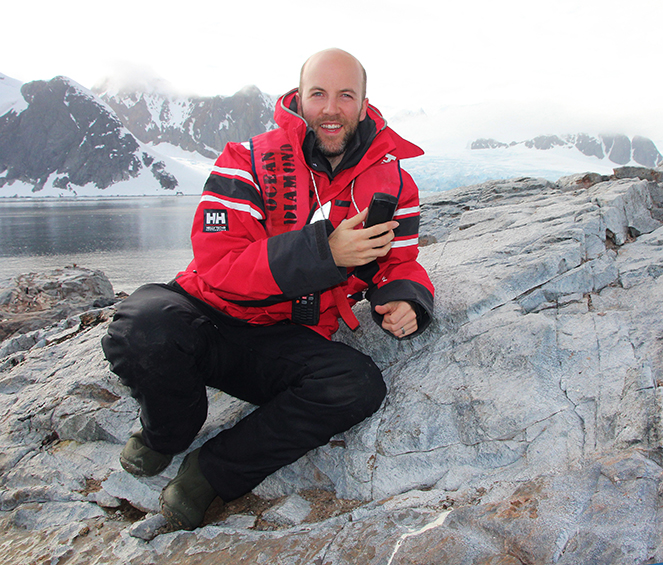
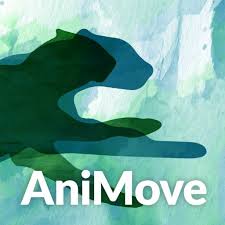
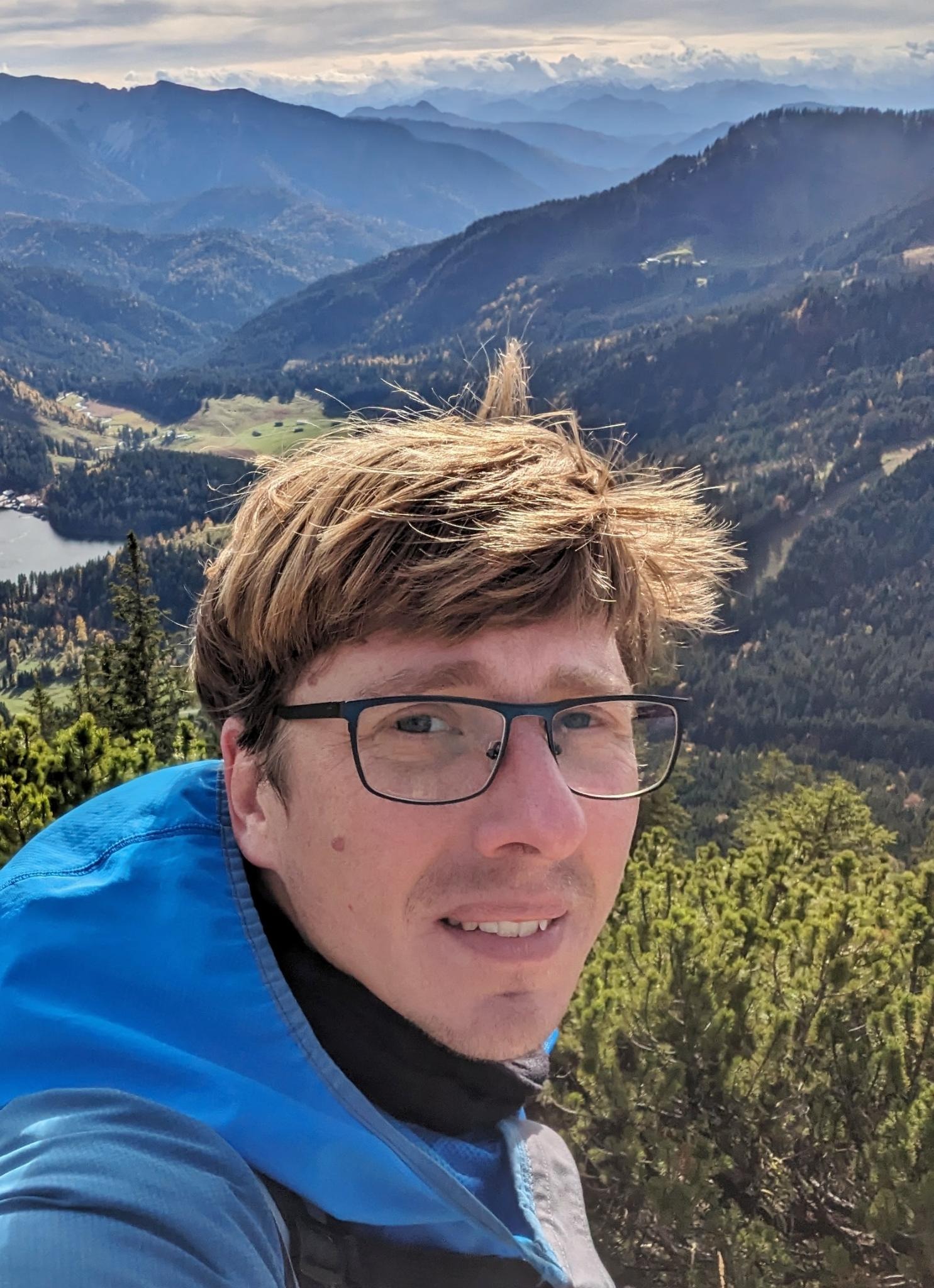
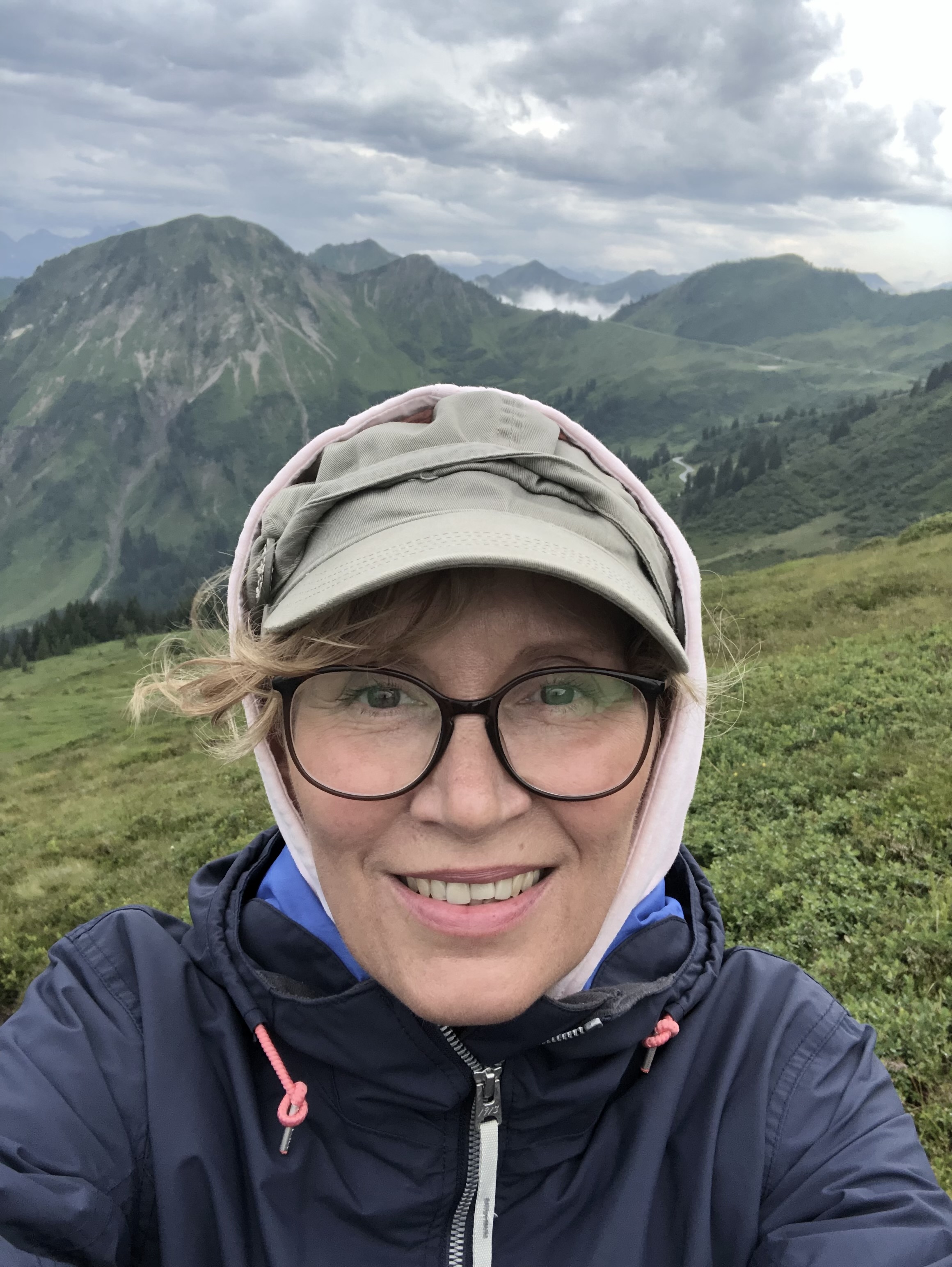

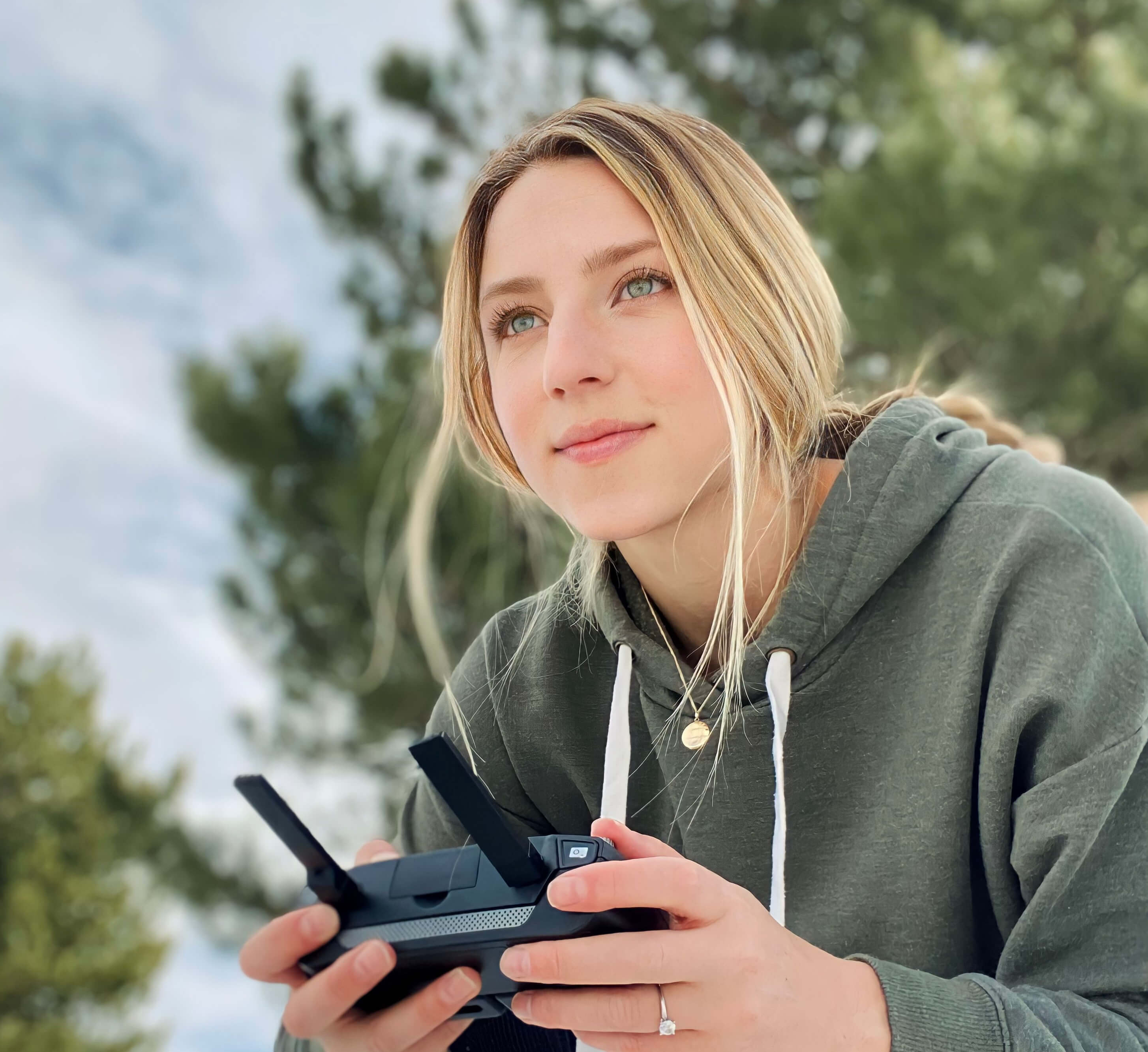

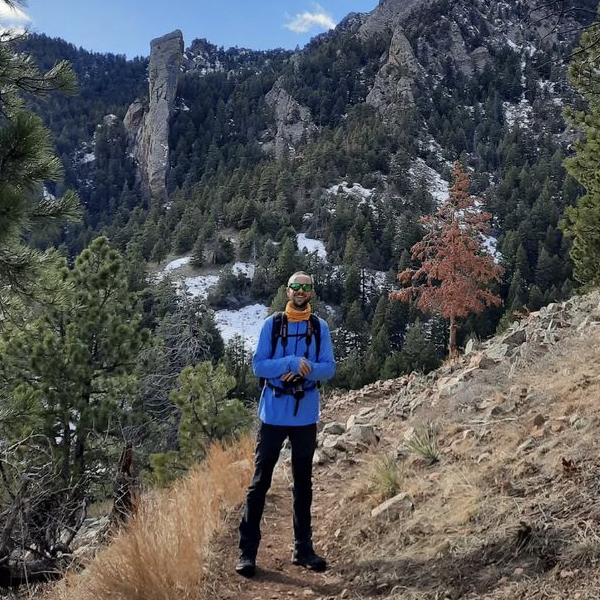
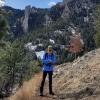


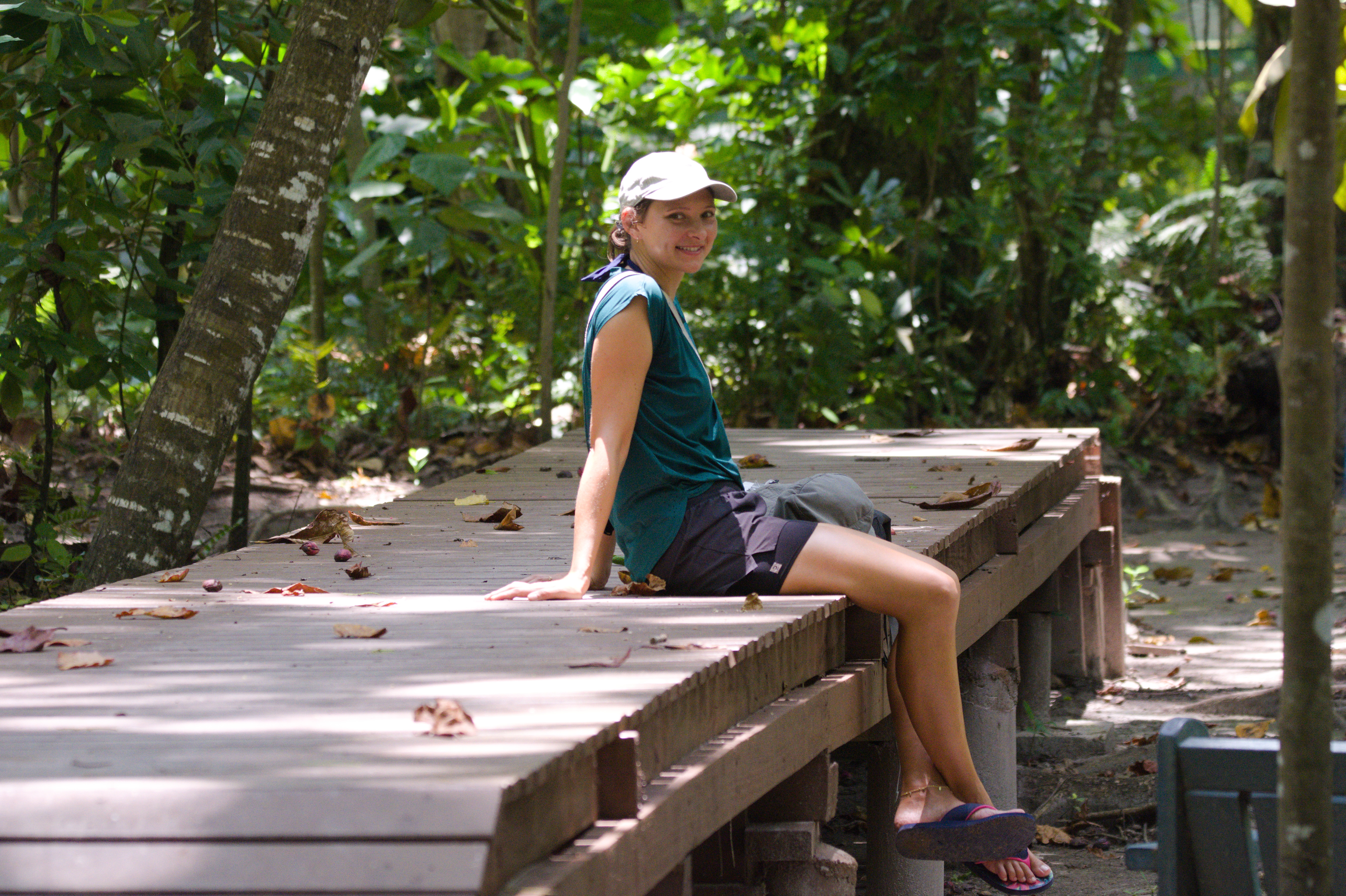







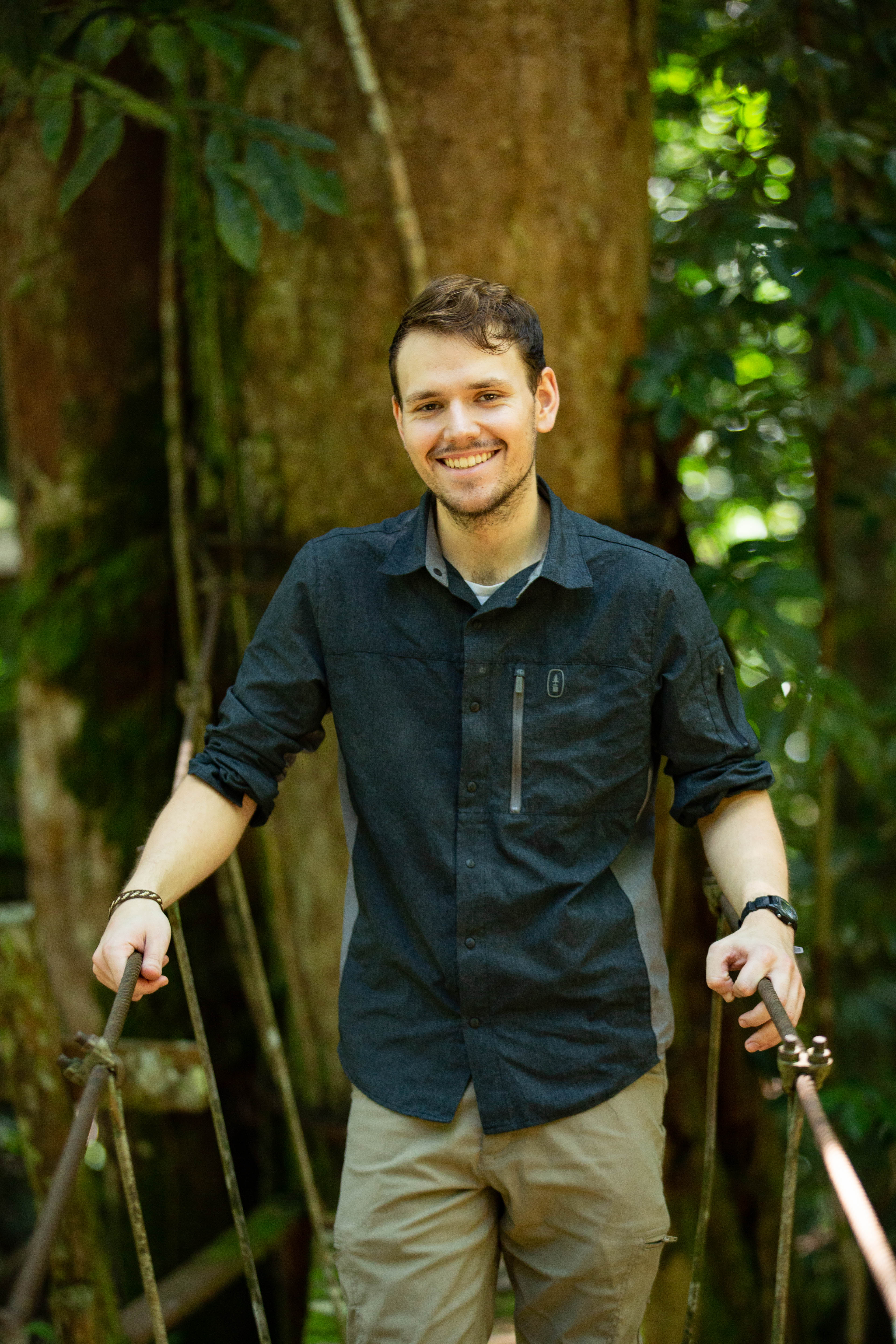
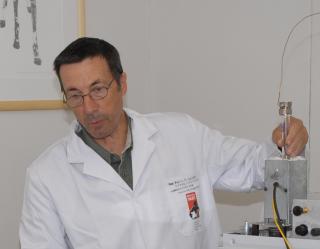


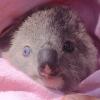
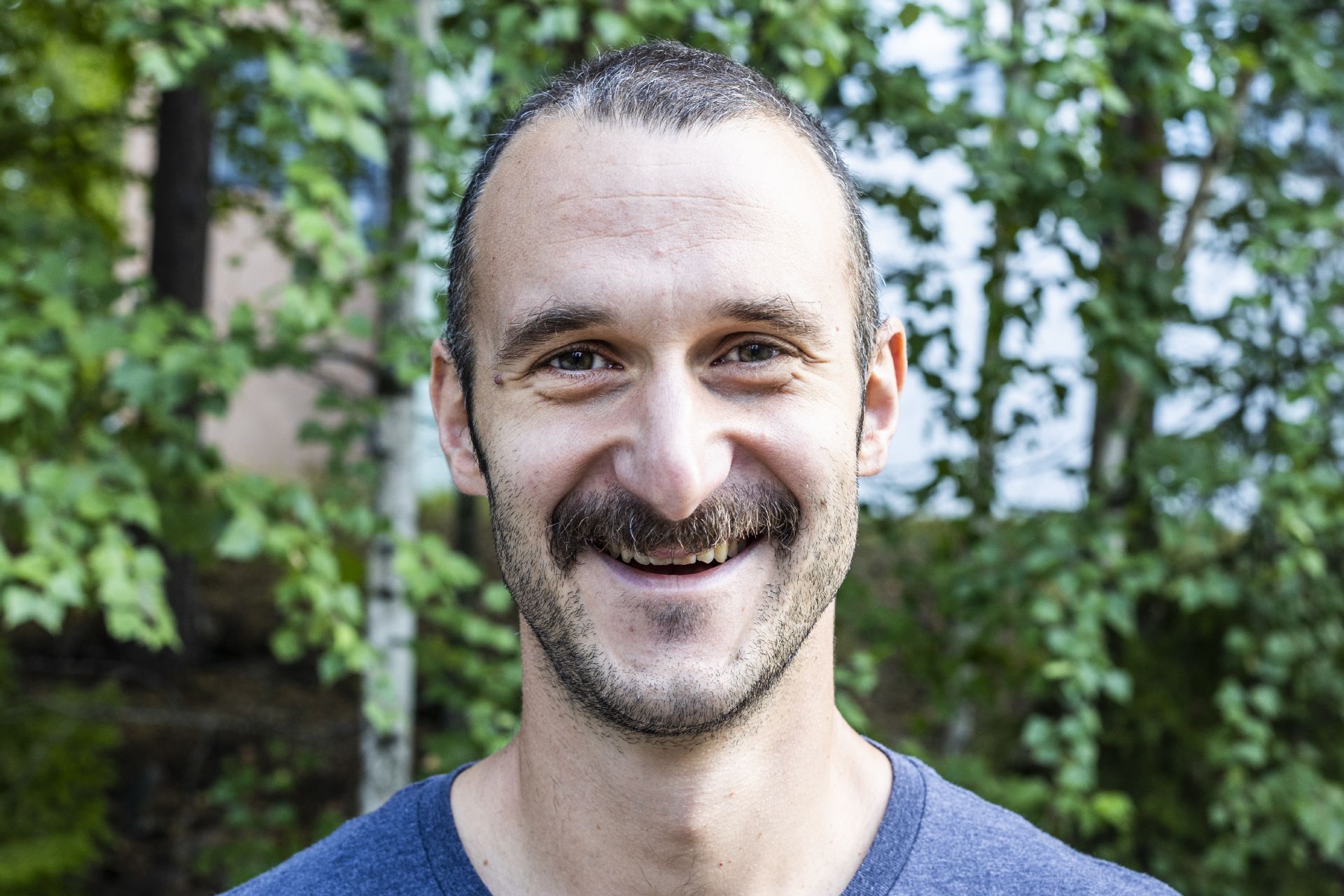

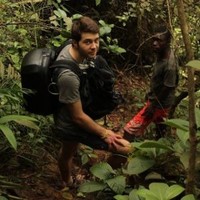


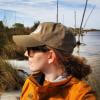
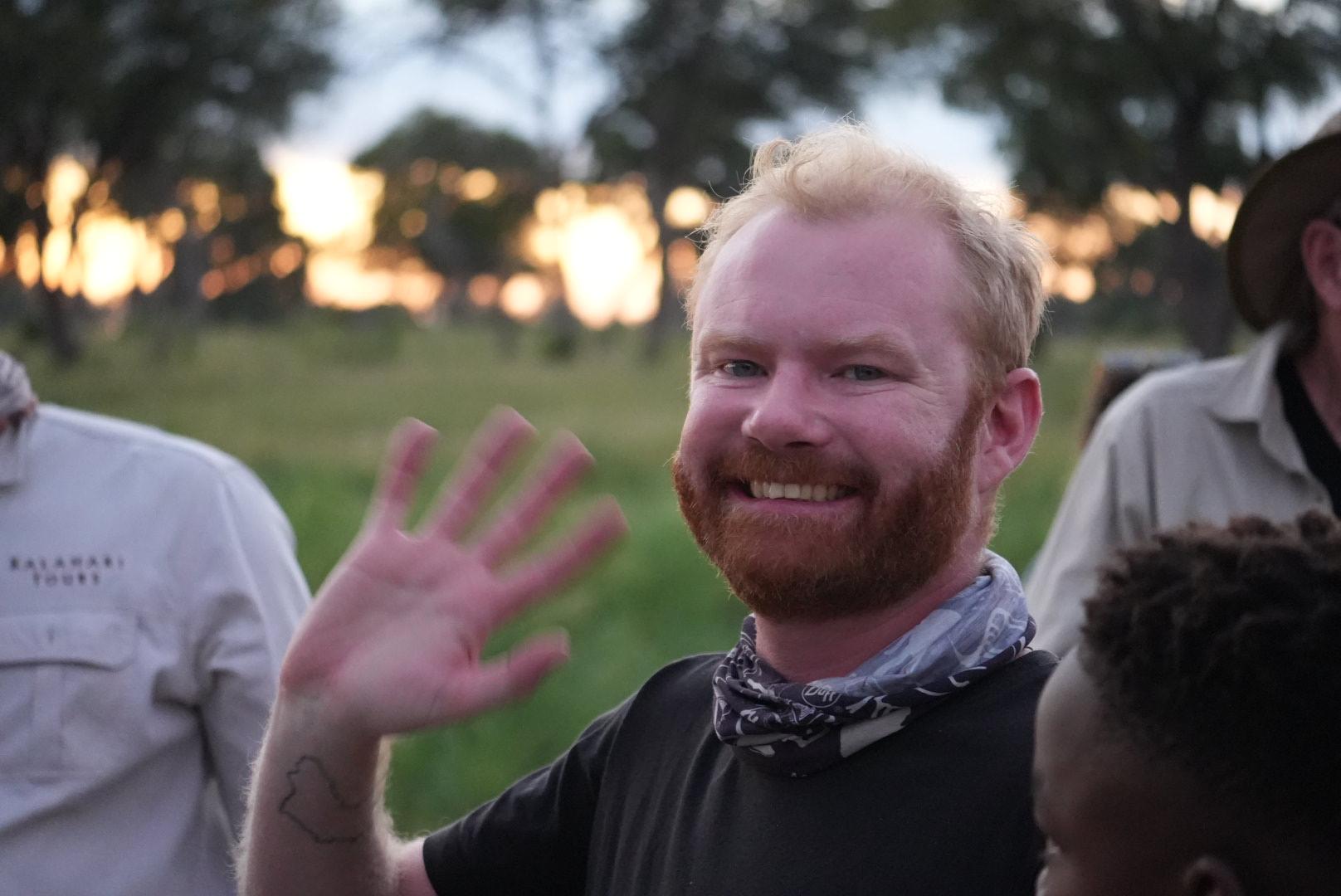














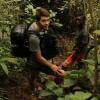




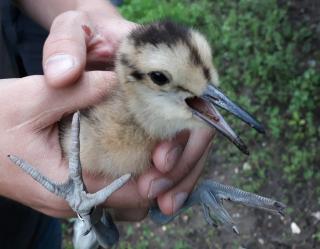
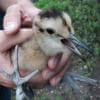
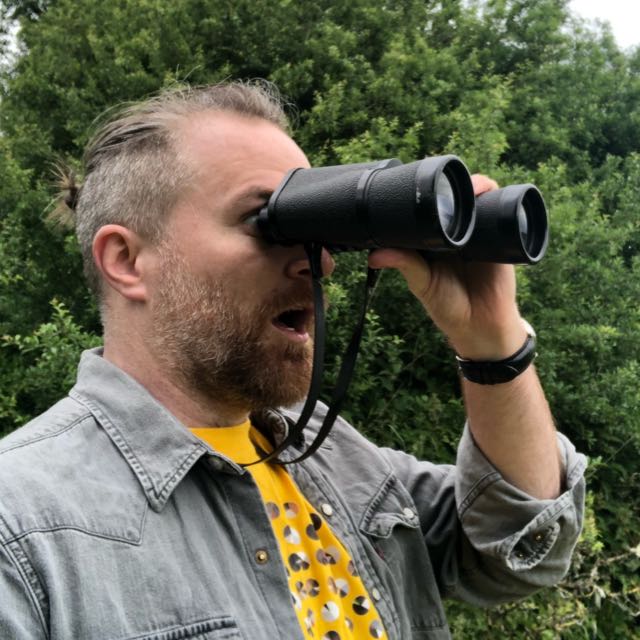
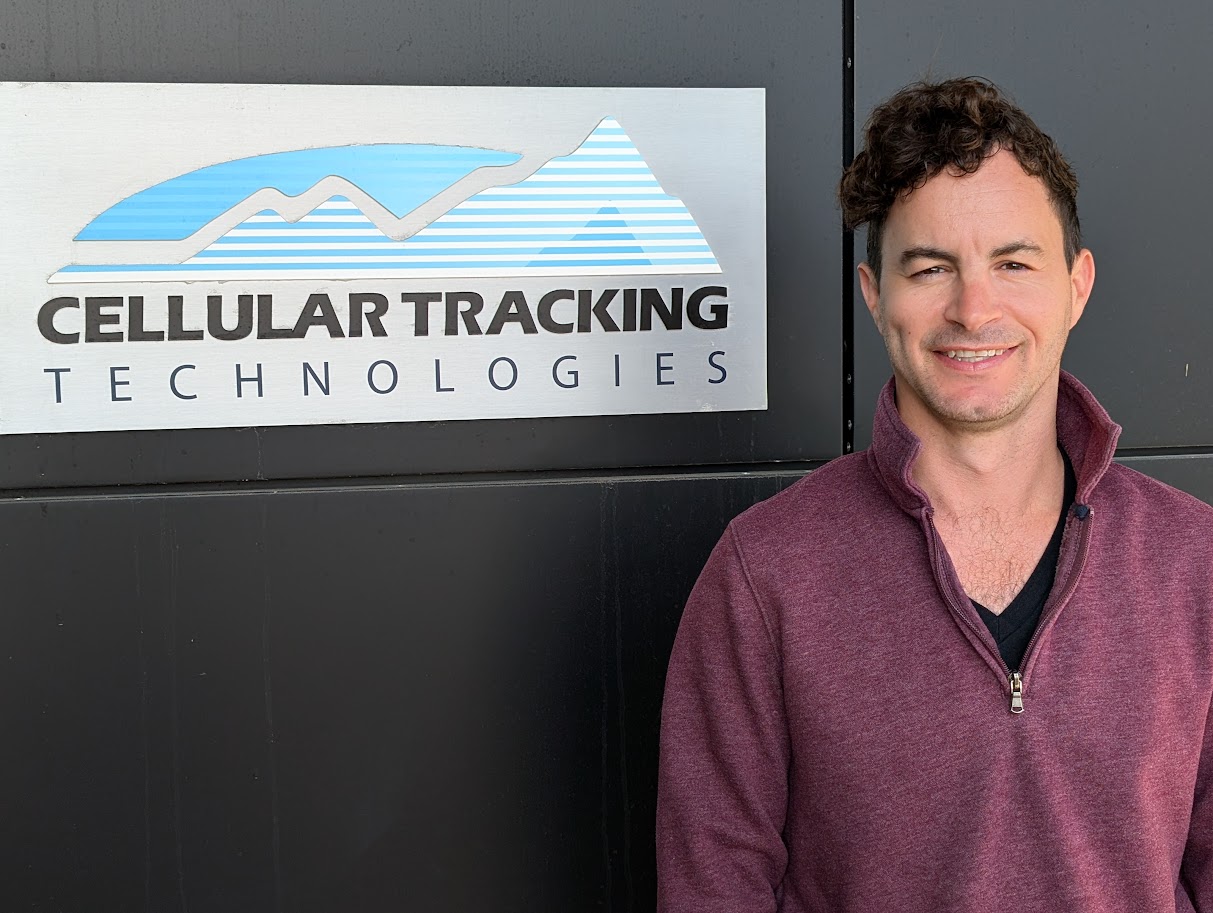

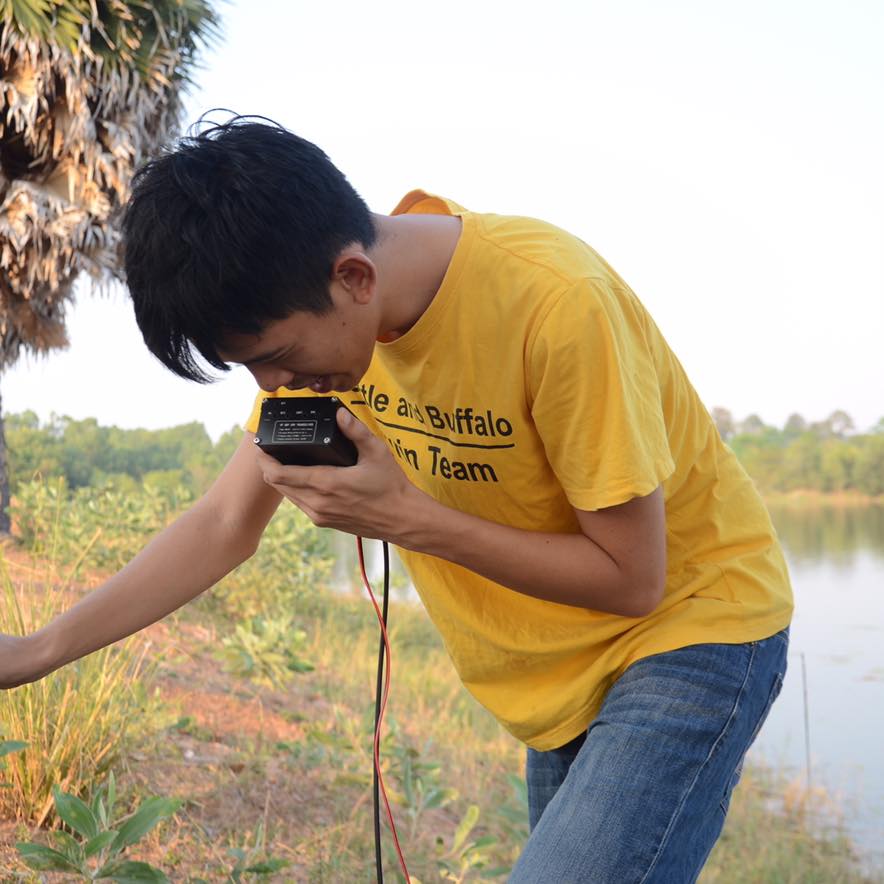




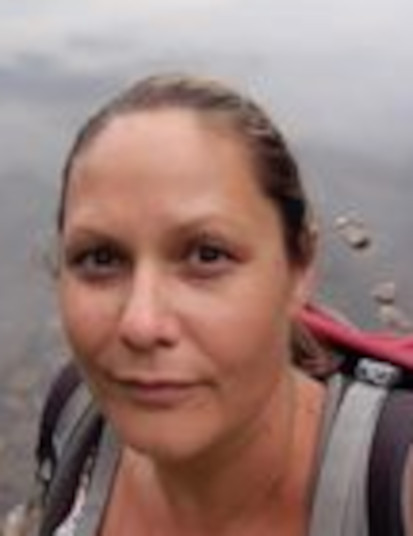


19 May 2025 12:18am
Hi David,
In short, there is no "right" answer. That's why you have heard different ideas from different people. Basically, you need to start with the research question, and then figure out how best to answer it using a model calibrated and validated with your data. If you have high-level movement data for the deer, you may not need to understand the driving forces and decision making methods the deer used in order for you to build a useful model. But whether or not this is the case can only be determined by reference to the question(s) you wish to use your simulation to answer!
Kinds regards, Alan